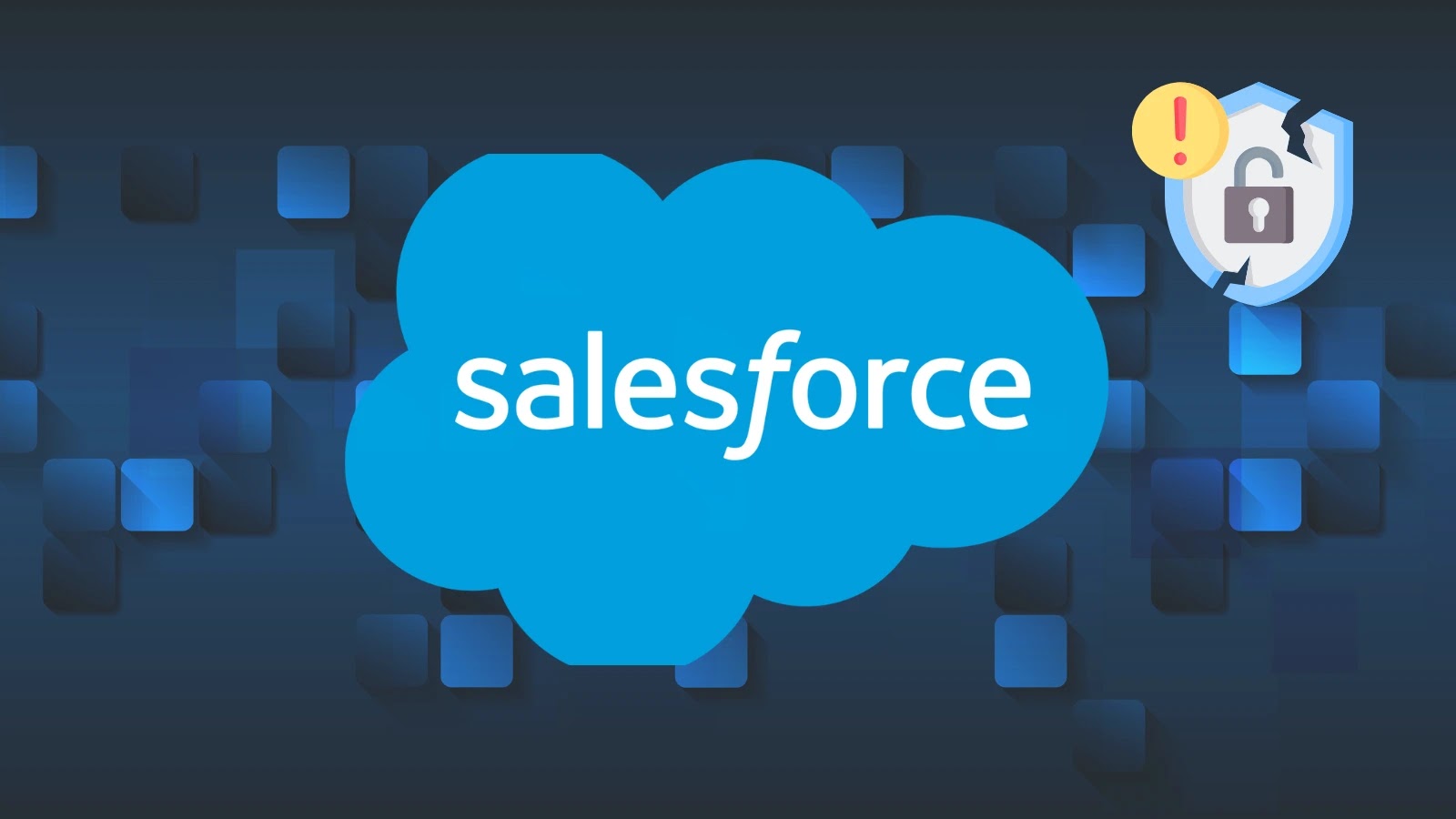
Critical Salesforce Tableau Vulnerabilities Let Attackers Execute Code Remotely
In the dynamic landscape of enterprise software, critical vulnerabilities can emerge without warning, posing significant threats to data integrity and system security. Recently, Salesforce’s Tableau Server, a widely used data visualization and business intelligence platform, has been identified with serious security flaws. These vulnerabilities could allow malicious actors to achieve remote code execution, bypass stringent authorization controls, and gain unauthorized access to sensitive production databases. This report delves into the specifics of these critical issues, their impact, and the urgent actions required to mitigate risk.
Understanding the Critical Tableau Server Vulnerabilities
The cybersecurity community was alerted to multiple, critical security vulnerabilities impacting Salesforce Tableau Server through a security advisory published on June 26, 2025. These flaws collectively pose a severe risk, enabling attackers to compromise the confidentiality, integrity, and availability of data and systems.
The primary concern revolves around vulnerabilities that facilitate remote code execution (RCE). An RCE flaw is arguably one of the most dangerous types of vulnerabilities, as it allows an attacker to run arbitrary code on a target system. This level of access grants adversaries the ability to install malware, steal data, disrupt operations, or even take complete control of the compromised server.
Beyond RCE, the identified vulnerabilities also enable authorization bypass. This means attackers could potentially circumvent security measures designed to restrict access to certain functions or data based on user roles or permissions. Such bypasses could lead to unauthorized data exfiltration or manipulation. Furthermore, the vulnerabilities could grant attackers direct access to sensitive production databases, exposing critical business information, customer data, and intellectual property.
Affected Versions and Urgency of Patching
The scope of affected Tableau Server versions is broad, underscoring the widespread potential impact of these vulnerabilities. Organizations running the following versions are urged to prioritize immediate patching:
- Tableau Server versions before 2025.1.3
- Tableau Server versions before 2024.2.12
- Tableau Server versions before 2023.3.19
The call for urgent patching across enterprise environments is not merely a recommendation; it’s a critical imperative. Ignoring these warnings could leave organizations exposed to significant data breaches, operational disruptions, and severe reputational damage. The ease with which these vulnerabilities could be exploited for remote code execution makes them particularly attractive targets for ransomware groups and other sophisticated attackers.
Remediation Actions: Securing Your Tableau Server
Addressing these critical Tableau Server vulnerabilities requires immediate and decisive action. Organizations must follow a structured approach to patching and security hygiene.
- Immediate Patching: The most crucial step is to upgrade your Tableau Server instances to the latest secure versions. This includes versions 2025.1.3 and later, 2024.2.12 and later, and 2023.3.19 and later, as applicable. Refer to the official Salesforce Tableau security advisories for specific update paths.
- Vulnerability Scanning: Regularly scan your Tableau Server deployments and the surrounding infrastructure for known vulnerabilities. This proactive measure helps identify and address potential weaknesses before they can be exploited.
- Network Segmentation: Implement robust network segmentation to isolate your Tableau Server from other critical systems. This can limit the lateral movement of an attacker in the event of a breach.
- Principle of Least Privilege: Ensure that all users and services interacting with Tableau Server operate under the principle of least privilege, granting only the minimum necessary permissions required for their functions.
- Regular Backups: Maintain regular, well-tested backups of your Tableau Server data and configurations. In the event of a successful attack, comprehensive backups are vital for recovery and business continuity.
- Security Monitoring: Enhance security monitoring capabilities for your Tableau Server. Implement intrusion detection systems (IDS) and intrusion prevention systems (IPS), and log analysis tools to detect suspicious activities and potential exploitation attempts.
Relevant Tools for Detection and Mitigation
Several tools can assist organizations in detecting vulnerabilities and enhancing the security posture of their Tableau Server deployments.
| Tool Name | Purpose | Link |
|---|---|---|
| Tenable Nessus | Comprehensive vulnerability scanning and management | https://www.tenable.com/products/nessus |
| Qualys VMDR | Vulnerability Management, Detection, and Response | https://www.qualys.com/vmdr/ |
| Rapid7 InsightVM | Live vulnerability management and analytics | https://www.rapid7.com/products/insightvm/ |
| Snort | Open-source intrusion detection system (IDS) | https://www.snort.org/ |
| ELK Stack (Elasticsearch, Logstash, Kibana) | Log management and security analytics for monitoring Tableau Server logs | https://www.elastic.co/elastic-stack |
Looking Ahead: Proactive Security Posture
The Salesforce Tableau Server vulnerabilities serve as a stark reminder of the continuous need for vigilance in cybersecurity. Organizations must move beyond reactive patching and adopt a proactive security posture. This includes integrating security into every stage of software deployment and operation, from initial configuration to ongoing maintenance.
Maintaining awareness of the latest security advisories, promptly applying patches, and implementing robust security controls are fundamental practices for safeguarding critical business intelligence platforms like Tableau. Failing to do so not only risks data exposure but also jeopardizes operational continuity and an organization’s reputation. Prioritize these updates and strengthen your security defenses today.





